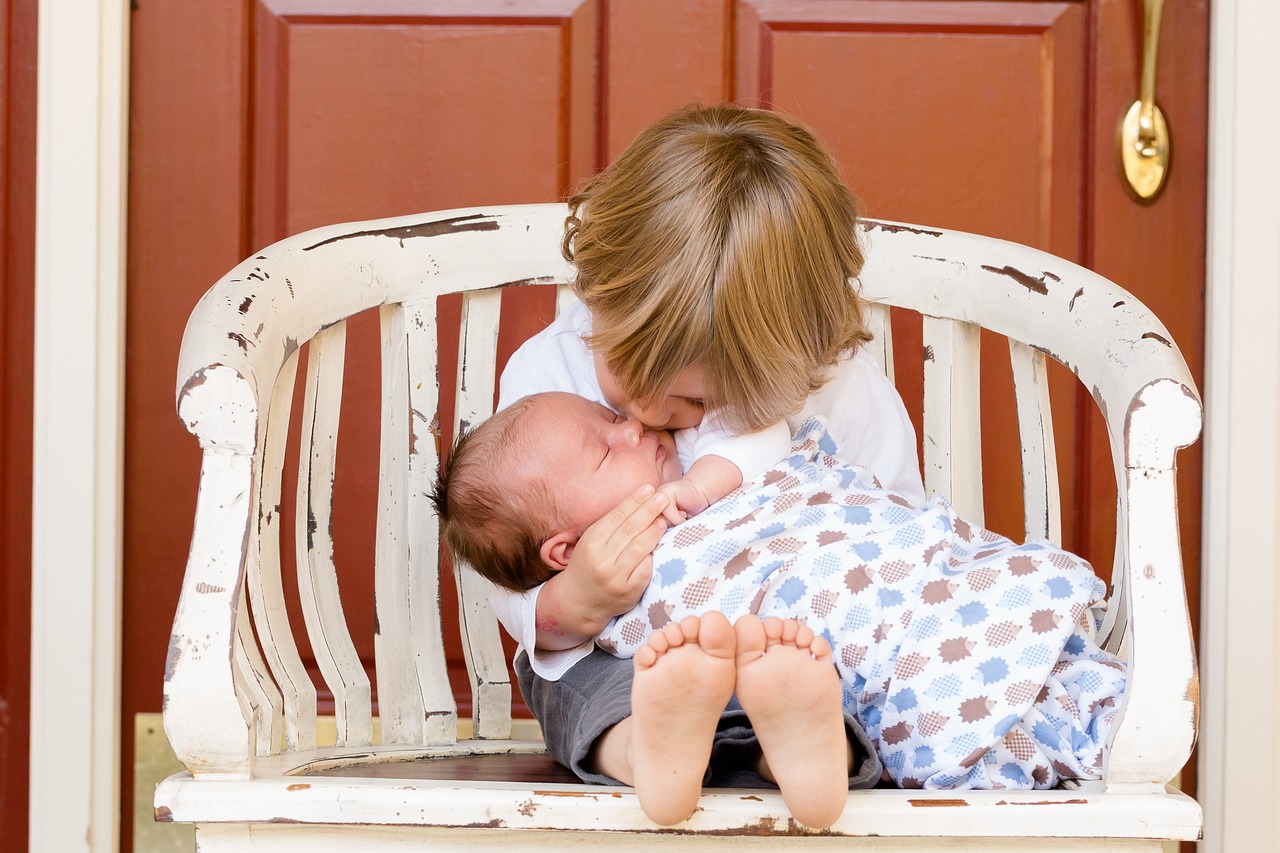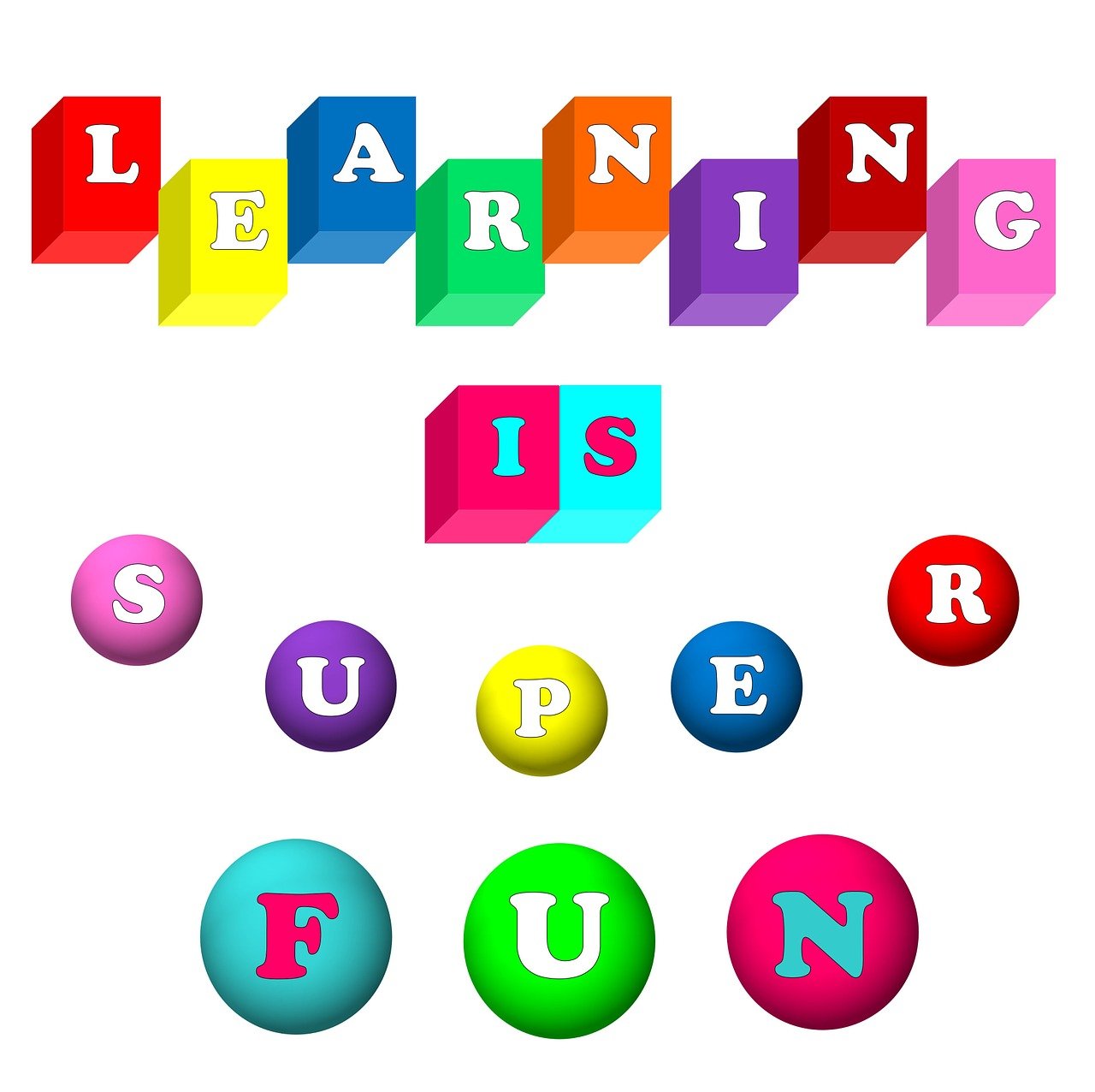This article discusses the importance of developing a comprehensive safety plan for early childhood education programs. It highlights the need to consider various aspects, such as creating a safe physical environment, implementing effective risk management strategies, and fostering a culture of safety among staff and children. The article emphasizes the importance of regular safety training for educators and involving parents in the safety planning process. By prioritizing safety, early childhood education programs can create a secure and nurturing environment for young children to learn and grow.
本文目录导读:
- Introduction and Purpose
- Program Overview
- Safety Policies and Procedures
- Risk Assessment
- Staff Training and Development
- Child Safety Education
- Communication Plan
- Incident Reporting and Documentation
- Parent and Community Involvement
- Review and Update
- Conclusion
Early childhood education (ECE) is a critical phase in a child's development, and ensuring their safety is paramount. A well-crafted safety plan is essential for any ECE program, as it outlines the measures taken to protect children from harm and provides guidance on how to respond in emergency situations. Writing an effective safety plan in English involves several key steps and considerations. Here’s a guide to help you create a comprehensive safety plan for your ECE program.
Introduction and Purpose
Begin your safety plan with a clear introduction that outlines the purpose of the document. This section should include:
- Purpose Statement: Explain why the safety plan is necessary and its importance in ensuring the well-being of children.
- Scope: Define the scope of the plan, including which areas of the ECE program it covers.
- Audience: Identify who the plan is intended for, such as staff, parents, and emergency responders.
Program Overview
Provide a brief overview of your ECE program, including:
- Program Description: A summary of the educational philosophy and the types of activities and environments children will be in.
- Facility Layout: A description of the physical layout of the facility, including the location of exits, play areas, and other relevant spaces.
Safety Policies and Procedures
This section should detail the safety policies and procedures in place at your ECE program:
- General Safety Rules: Guidelines for general safety, such as no running in the hallways, safe play practices, and hygiene protocols.
- Supervision: Policies on adult-to-child ratios and the responsibilities of staff in supervising children.
- Emergency Procedures: Step-by-step procedures for various emergencies, including fire, medical emergencies, and natural disasters.
- Health and Hygiene: Policies on handwashing, food handling, and illness protocols.
Risk Assessment
Conduct a thorough risk assessment to identify potential hazards and develop strategies to mitigate them:
- Hazard Identification: List all potential hazards within the ECE environment, both indoors and outdoors.
- Risk Analysis: Analyze the likelihood and severity of each hazard.
- Mitigation Strategies: Develop strategies to reduce or eliminate the identified risks.
Staff Training and Development
Outline the training and development programs for staff to ensure they are equipped to handle safety issues:
- Initial Training: What safety training is provided to new staff members.
- Ongoing Training: Details on regular refresher courses and updates to safety protocols.
- First Aid and CPR: Certification requirements and training schedules for first aid and CPR.
Child Safety Education
Describe how children are educated about safety within the ECE program:
- Curriculum Integration: How safety topics are incorporated into the daily curriculum.
- Age-Appropriate Lessons: Specific safety lessons tailored to different age groups.
- Parental Involvement: Encouraging parents to reinforce safety lessons at home.
Communication Plan
Establish a communication plan to ensure clear and timely information flow in case of emergencies:
- Emergency Contact Information: A list of emergency contacts for staff, parents, and emergency services.
- Notification System: The method of communication used to inform parents and staff of emergencies.
- Regular Updates: How the program will keep parents informed about safety measures and any incidents.
Incident Reporting and Documentation
Detail the process for reporting and documenting incidents:
- Incident Report Form: The format and content of incident reports.
- Documentation Storage: Where and how incident reports are stored for future reference.
- Review and Analysis: How incident reports are reviewed to improve safety measures.
Parent and Community Involvement
Explain how parents and the community are involved in the safety plan:
- Parental Input: Opportunities for parents to provide feedback and suggestions.
- Community Partnerships: Collaborations with local emergency services and other community organizations.
- Open House and Safety Days: Events to educate parents and the community about safety practices.
Review and Update
Finally, establish a process for regularly reviewing and updating the safety plan:
- Review Schedule: How often the safety plan is reviewed and by whom.
- Update Procedures: The process for making changes to the plan based on new information or incidents.
- Legal Compliance: Ensuring the plan complies with all relevant laws and regulations.
Conclusion
Conclude your safety plan by reiterating the importance of safety in ECE and the commitment of the program to maintaining a safe environment for children. Encourage feedback and collaboration to continuously improve the safety plan.
By following these steps and considerations, you can create an effective early childhood education safety plan in English that protects the children in your care and meets the standards of excellence in ECE safety management.










 京公网安备11000000000001号
京公网安备11000000000001号 京ICP备19043044号-2
京ICP备19043044号-2
还没有评论,来说两句吧...